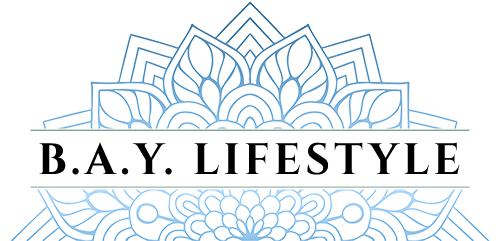Life is full of challenges, and it’s easy to get so caught up in our problems that they begin to define our experience. When we’re absorbed in what’s going wrong, it’s difficult to see the opportunities or solutions that exist just beyond the immediate struggle. As Michael A. Singer points out in Inner Speed Secrets, if you imagine your attention as a dollar, spending most of that dollar on the problem leaves very little to invest in finding solutions. Our mental resources are limited, and without training our minds, we can get stuck in repetitive thought patterns that keep us from moving forward.
This is where meditation becomes a powerful tool. Meditation allows us to step back, observe our thoughts without becoming identified with them, and quiet the constant mental chatter that often clouds our judgment. By practicing meditation regularly, we learn to create space between stimulus and response, giving ourselves the clarity to see problems from new angles and access solutions that were previously hidden by stress or emotional overwhelm.
Beyond stress relief, meditation helps us recognize and expand the boundaries of our mental limitations. Many of the “traps” that hold us back—self-doubt, fear, and rigid thought patterns—exist simply because we haven’t trained our minds to notice them and let them go. Through meditation, we can observe these patterns without judgment, slowly loosening their grip and allowing our creativity, focus, and problem-solving abilities to emerge more naturally.
In essence, meditation is not just a tool for relaxation—it is a method for expanding our consciousness, sharpening our mental clarity, and developing a more flexible, resourceful mind. By practicing regularly, we free ourselves from the constraints of reactive thinking and create the mental space necessary to approach life’s challenges with calm, clarity, and resilience.

